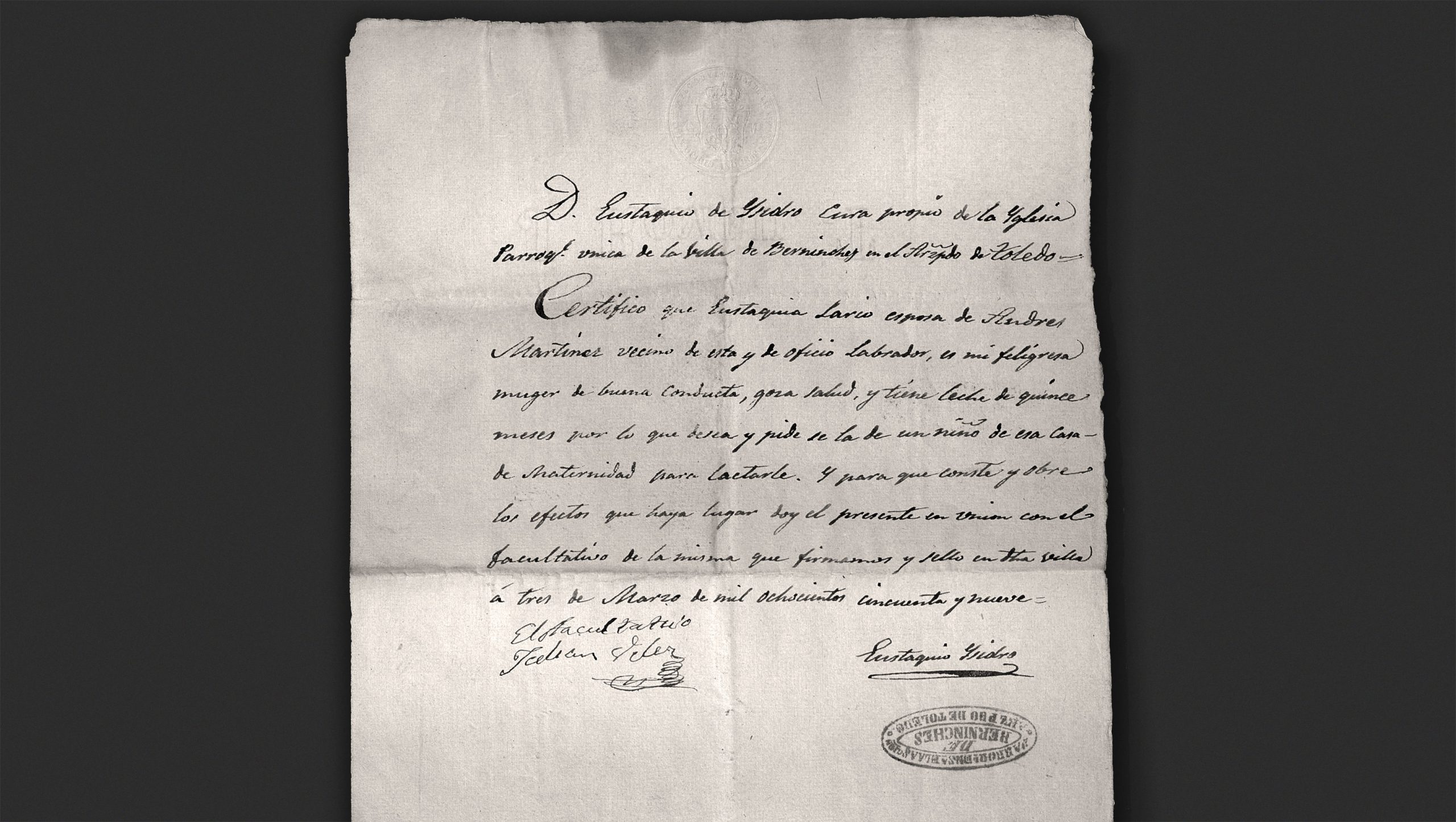Fifteen-month Milk
I. Cycles of Life and Death in a Mountain Village
Married woman, husband a farmworker, in good health and known to be of good conduct, can provide fifteen-month milk”. Thousands of country women who matched this description, or something very similar, ventured out from their rural world and entered into another, one of paperwork and record-keeping, to offer their milk for payment in a process which connected their village economies to the “sins” and beneficence of the capital. These mothers and housewives would be about thirty years old, and we can confidently say that in most cases other children would have already fed at the same breast now to be assigned to a foundling. It is true that certificates also survive declaring that the milk on offer derived from the lactation of a baby lost after a few weeks or months of life – meaning that the “age” of the nourishment on offer certainly varied – and these cases made up some 12% of the total number. But the majority of applicants was formed of women purporting to carry fifteen-month milk: it’s striking how often we come across this exact number! Could it be that these records of the rural wet-nurses are indicative of a general pattern of lactation and weaning in the women of the villages, among them the Paula Martín who was to nurse Juan Bautista de la Concepción? The cadence of her confinements, and the timing of her taking in of the Inclusa baby, are consistent with her having advertised mother’s milk of one year and a quarter. [Wolfram Aichinger and Anna Sophie Herrnhofer]

